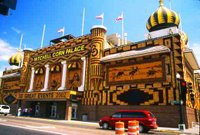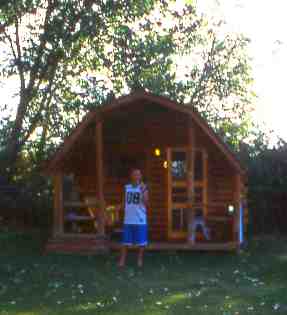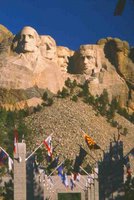 We're about to take off for the Fourth of July weekend. We're spending it, as we always do, at our place in New Hampshire's Monadnock region. While I can't wait to get there and crack a beer, I'm not looking forward to being on the highway for the next four hours with thousands of other people. Four-dollar a gallon gas notwithstanding, the roads will be mighty crowded this afternoon.
We're about to take off for the Fourth of July weekend. We're spending it, as we always do, at our place in New Hampshire's Monadnock region. While I can't wait to get there and crack a beer, I'm not looking forward to being on the highway for the next four hours with thousands of other people. Four-dollar a gallon gas notwithstanding, the roads will be mighty crowded this afternoon.Makes me nostalgic for some of the uncrowded places I've seen in my journeys around America.
Like Sand Cut, Florida, the "Speck Capital of the World." This little burg sits on Lake Okeechobee, the best spot in Florida to fish for speck, also known as speckled perch or black crappie. Sand Cut gets a lot of fishing visitors but has a permanent population of fewer than 10 souls, including the "old grouch" who merits mention on the hamlet's welcome sign.

Then there's Aladdin, Wyoming, population 15. When the kids and I drove through it, we stopped at the Aladdin General Store, where dozens of bikers on their way to Bike Week in nearby Sturgis, South Dakota, were hanging out on the store's porch chugging Cokes and smoking Marlboros. I sat on the porch and marveled that, for those few rest stop minutes, we and the bikers had swelled Aladdin's population to triple its normal size.



